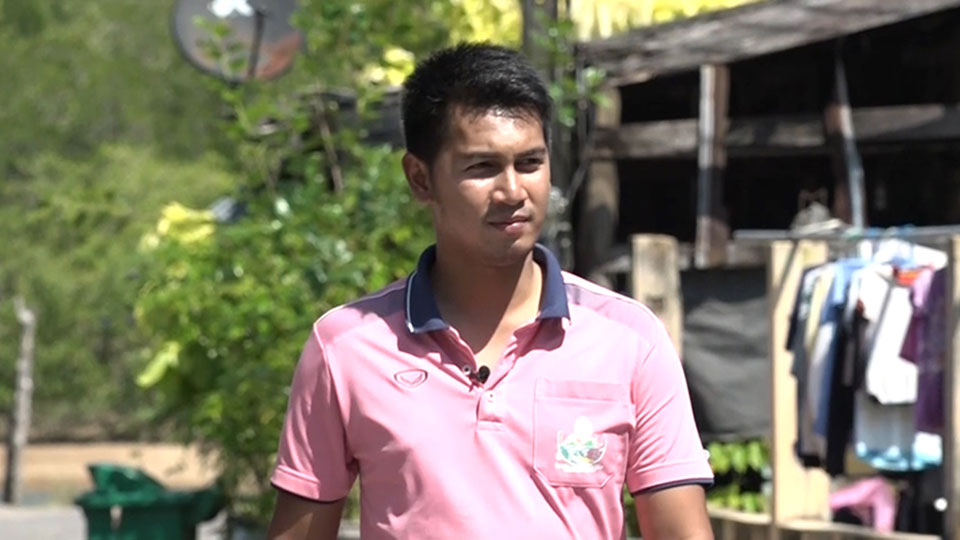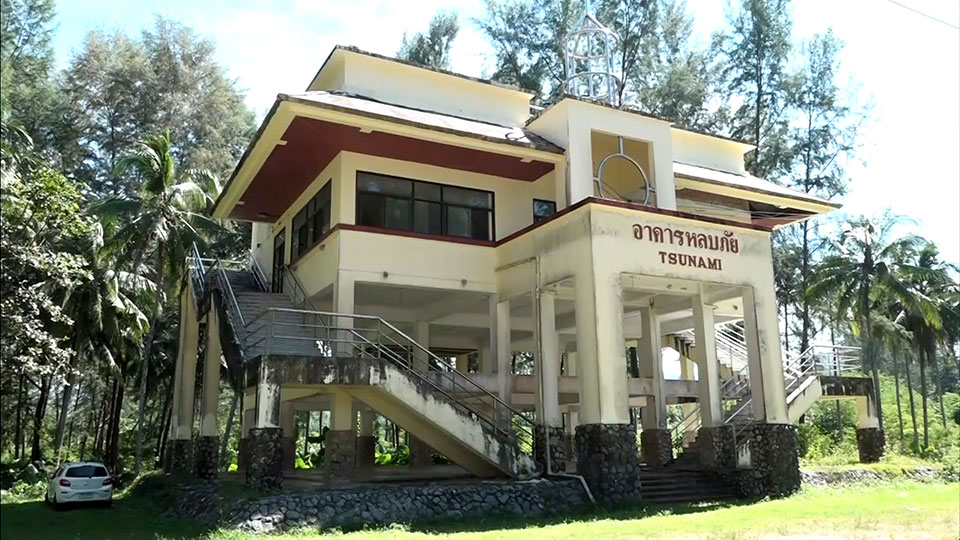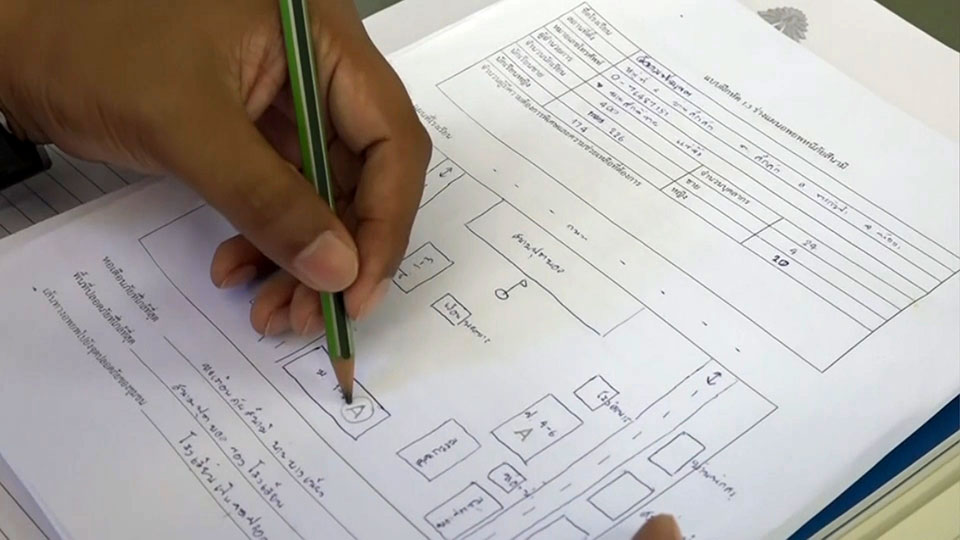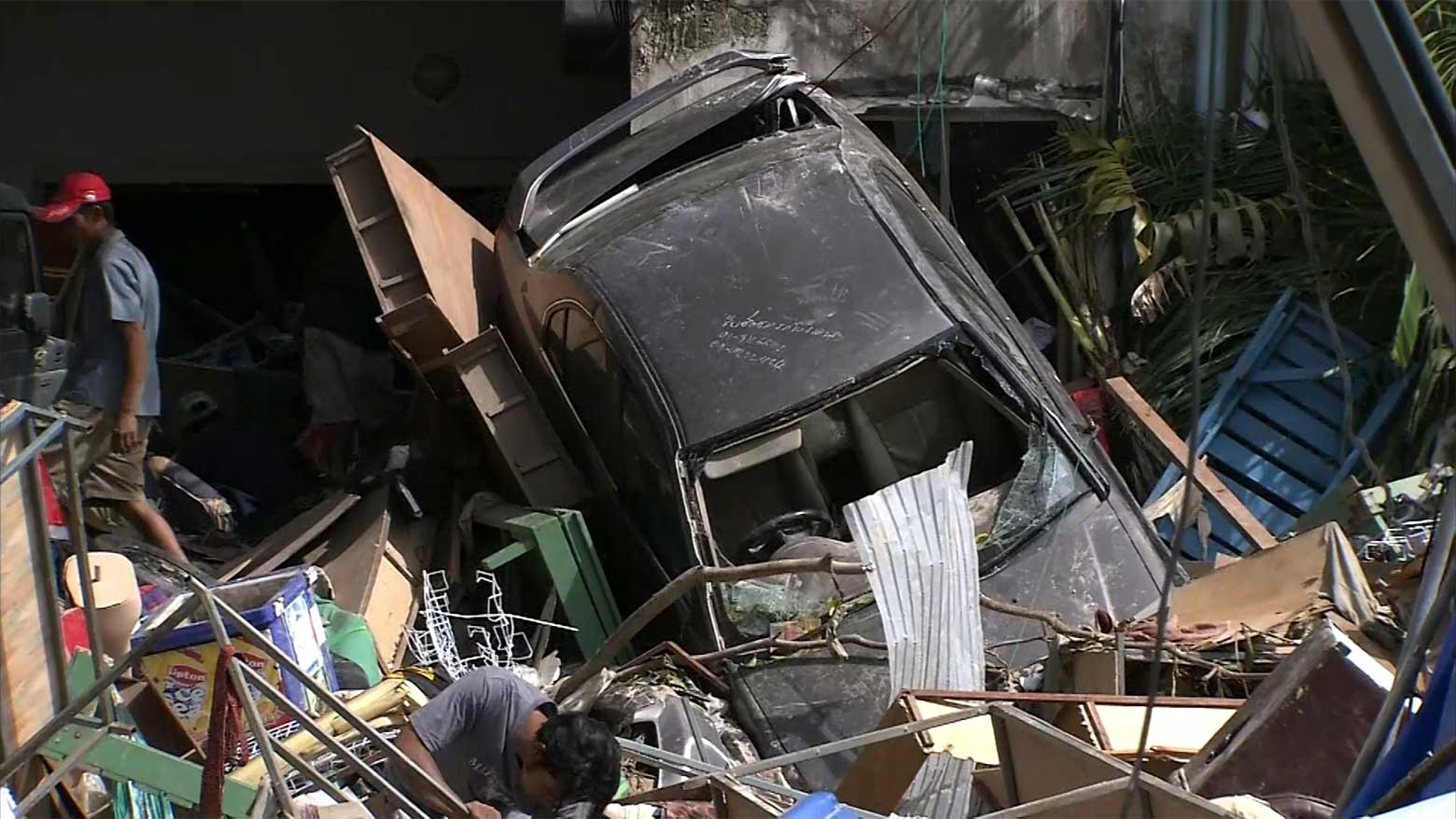Nukul Kraisut was 10 years old in December 2004. On the morning the tsunami struck, he was cooking with his mother at home, in a village in Phang Nga, southern Thailand. Suddenly, a friend cried out: “Huge waves are coming! Escape right now!”
Puzzled, the fourth-grader ignored the warning. But soon enough, villagers were running for their lives. Nukul recalls the fear in their eyes. He followed with his mother and sister, despite not knowing where they were headed. They took refuge in a nearby house.
From a second-floor balcony, they watched the tsunami tear through. Within an instant, the waves swept away Nukul’s wooden home and all his belongings.
“It was heartbreaking. My mother and sister were hugging each other, crying,” the 25-year-old recalls. “There are no words to describe exactly how I felt.”
More than 4,000 people perished in Phang Nga alone – many from Nukul’s village. He saw corpses strewn all over. Nukul acknowledges that the tragedy will be a part of him forever – but that wasn’t always the case. He instinctively tried to forget it all. He thought it was time to move on, without ever looking back.

Evacuation shelters in disrepair
The government spent heavily, quickly building evacuation shelters in local communities and near tourist beaches. One year on, eight had been built at a cost of about 470,000 dollars each. The stilted buildings, equipped with electricity and restrooms, were designed for up to 500 people.
But over the years, they have been largely abandoned. Maintenance is carried out just once a year. Rust is setting in, electrical wires hang loose, and the water no longer runs. Some doors are locked, the whereabouts of their keys unknown. “It’s a shame,” says a local administrator. “The shelter was very well-built with a huge budget. I want it to be more useful.”

Drills lacking in schools
Nukul is now a physical-education teacher at a school not far from his childhood village. The students like his fun soccer sessions, but most are unaware of the horrors he has witnessed.
Phang Nga has always been vulnerable to tsunamis. But it’s not something that’s at the top of people’s minds, especially among the younger generation. Some schools don’t have regular lessons about the danger, and drills happen sporadically at best – in some cases, more than a year apart.
“Drills have been forgotten, because there hasn’t been a tsunami in 16 years,” says Nukul. “There is a lack of awareness.”
Putting guidelines into practice
Last year, Thailand’s Basic Education Commission and the United Nations Development Programme jointly released national guidelines for tsunami evacuation. It was the first update in over a decade. It condenses research and methods into a step-by-step plan, including drills, risk assessment and first aid.
It will be distributed to many schools. Nukul, who has volunteered to join the accompanying training course, believes his first-hand experience could help others stay alive, should disaster strike again.
He is expected to draw up an evacuation plan and route specifically for his school. He has been working with other teachers on a map that’s designed to be easy for young children to understand.

In December, Nukul and other trainees observed a tsunami evacuation drill at a school in Phang-Nga. About 700 students took part. It was a first for some, who now say regular practice will ease their fear of the real thing.
“I learned about preparation and helping each other to survive. If a tsunami strikes, we will be ready,” said one student.
The drill also gave Nukul a sense of reassurance. “I don’t want my students to endure what I did. “I want them to survive using both intuition and the discipline they’ve learned from the training.”
Many local people believe the 2004 tsunami was a once-in-a-lifetime tragedy. Others – especially survivors like Nukul – know that vulnerable communities should never drop their guard.

